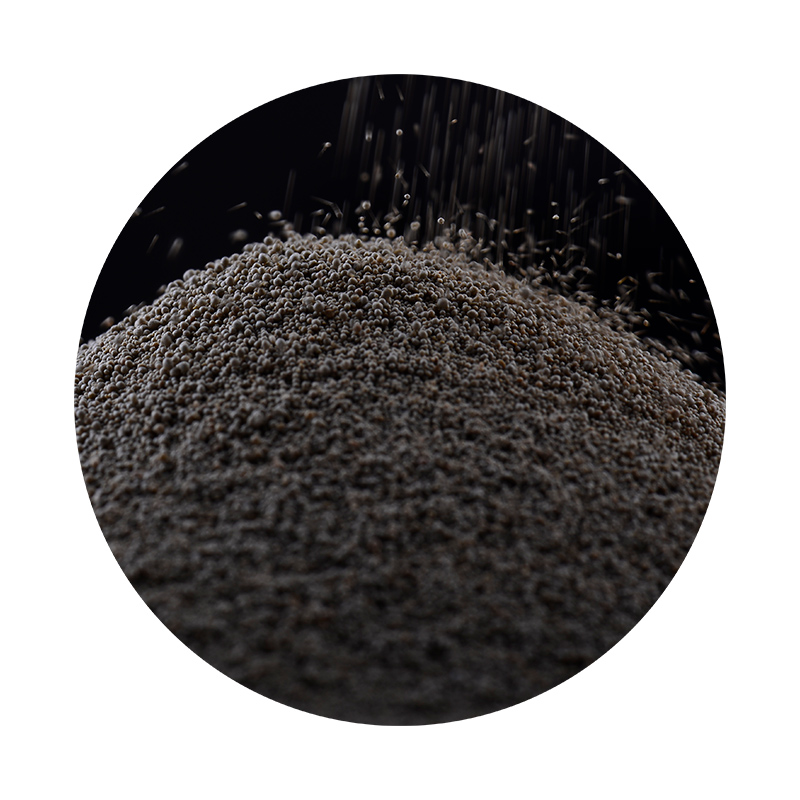

'No-Bake Molding,' also known as air set molding, is another advanced method where a liquid resin binder is used with sand. The primary advantage is the strength and flexibility it offers, producing molds that withstand the rigor of large and heavy components. This method is valued in industries that demand high-performance parts with superior mechanical properties, such as in the production of engine blocks and complex machinery foundations. For productions that demand robustness and minimal tooling cost, 'CO2 Sand Casting' becomes an appealing option. By using CO2 gas to harden the sand mold, this method ensures rapid setting and enhanced mold strength. Industries needing large scale productions of durable parts, like agriculture and construction equipment manufacturing, often consider CO2 casting for its rapid execution and reliability. Each type of sand casting presents its own set of unique benefits tailored to different industrial requirements. Choosing the right sand casting method depends on factors such as the complexity of the part design, production size, desired surface finish, and mechanical properties. For businesses aiming to optimize production costs while maintaining high standards of product quality, understanding and selecting the appropriate sand casting method is crucial. By harnessing the specific advantages of these sand casting types, manufacturers can achieve precise outcomes, meet stringent industrial demands, and maintain competitive market positioning. Post time:Jan . 14, 2025 10:42
Next:difference between sand casting and permanent mold casting
